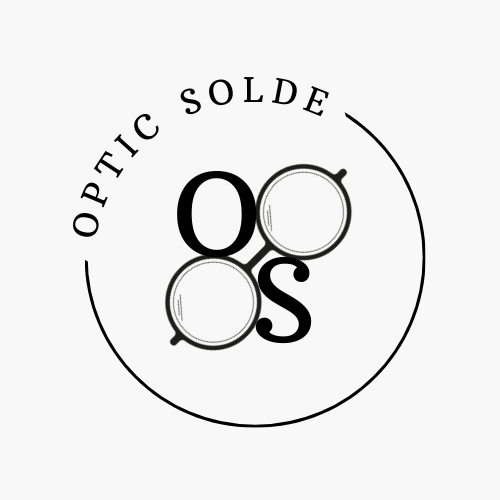Tracing the Origins: A Brief History of Glasses
Introduction:
It is often taken for granted that glasses are a common accessory nowadays, with millions of people around the world relying on them to correct their vision. However, the history of glasses is a fascinating tale that spans over several centuries. From humble beginnings to highly sophisticated designs, glasses have evolved significantly over time. In this article, we will explore the origins of glasses, their transformation throughout history, and the important role they play in our lives today.
Origins of Glasses:
The use of glasses dates back to ancient times, with evidence suggesting that the earliest forms of vision aids were developed in Egypt around 3500 BC. Archaeologists have discovered artifacts such as glass lenses and crystal objects that were thought to be used as magnifying aids. However, it wasn’t until the 13th century when the first wearable glasses were invented in Italy.
Invention of Wearable Glasses:
Around 1280, a significant breakthrough in eyewear occurred when an Italian named Salvino D’Armate crafted the first wearable glasses. These primitive glasses, known as “reading stones,” consisted of convex lenses suspended in a frame and were primarily used to correct farsightedness. The introduction of wearable glasses revolutionized the way people with visual impairments interacted with the world.
Evolution and Innovation:
As the years passed, glasses began to evolve and adapt to different needs. During the 16th century, concave lenses were developed to correct nearsightedness, and bifocals – glasses with two lenses – were invented by Benjamin Franklin in the 18th century. The 19th century saw the rise of metal frames, offering a more durable and stylish alternative to the traditional bone, wood, or leather frames.
The 20th century brought further advancements to the eyewear industry, fueled by the increasing demand for vision correction. In the 1930s, plastic frames were introduced, offering lighter and more affordable options. Moreover, the development of contact lenses in the mid-20th century provided an alternative for those who preferred not to wear glasses.
The Importance of Glasses Today:
Glasses have become an indispensable tool in our daily lives, providing clarity and comfort to millions of people worldwide. Apart from correcting vision impairments, glasses have become a fashion statement, with countless styles, shapes, colors, and materials to choose from. Whether it is a trendy pair of sunglasses or sleek prescription glasses, eyewear has become an extension of our personal style and identity.
With advancements in technology, glasses have also become more sophisticated. From anti-glare coatings to blue light filtering, modern glasses offer a range of features that protect our eyes from harmful rays and digital strain. Additionally, specialized glasses are designed to cater to specific needs, such as sports glasses for athletes or safety glasses for professionals working in hazardous environments.
In summary, the history of glasses is a testament to human ingenuity and the necessity to improve the quality of life for individuals with visual impairments. From their humble origins in ancient civilizations to the cutting-edge designs of today, glasses have come a long way. Their ability to correct vision, enhance style, and protect our eyes continues to make them an essential part of our daily lives. So next time you put on your favorite pair of glasses, remember to appreciate the rich history that lies behind this remarkable invention.
Bullet list:
– In ancient times, ancient Egyptians used glass lenses and crystal objects as magnifying aids.
– Salvino D’Armate invented the first wearable glasses, known as “reading stones,” in the 13th century.
– Glasses evolved to include concave lenses, bifocals, and metal frames throughout history.
– The 20th century brought plastic frames and contact lenses as significant innovations.
– Glasses today offer both vision correction and fashionable options, catering to various styles and needs.
– Modern glasses also provide advanced features like anti-glare coatings and blue light filtering.
